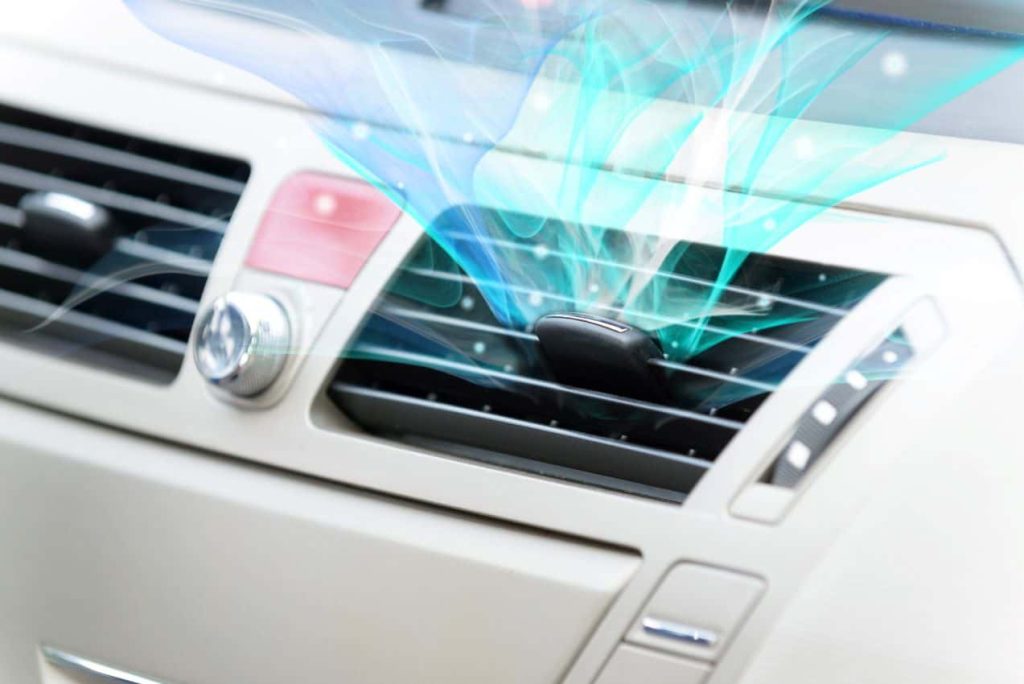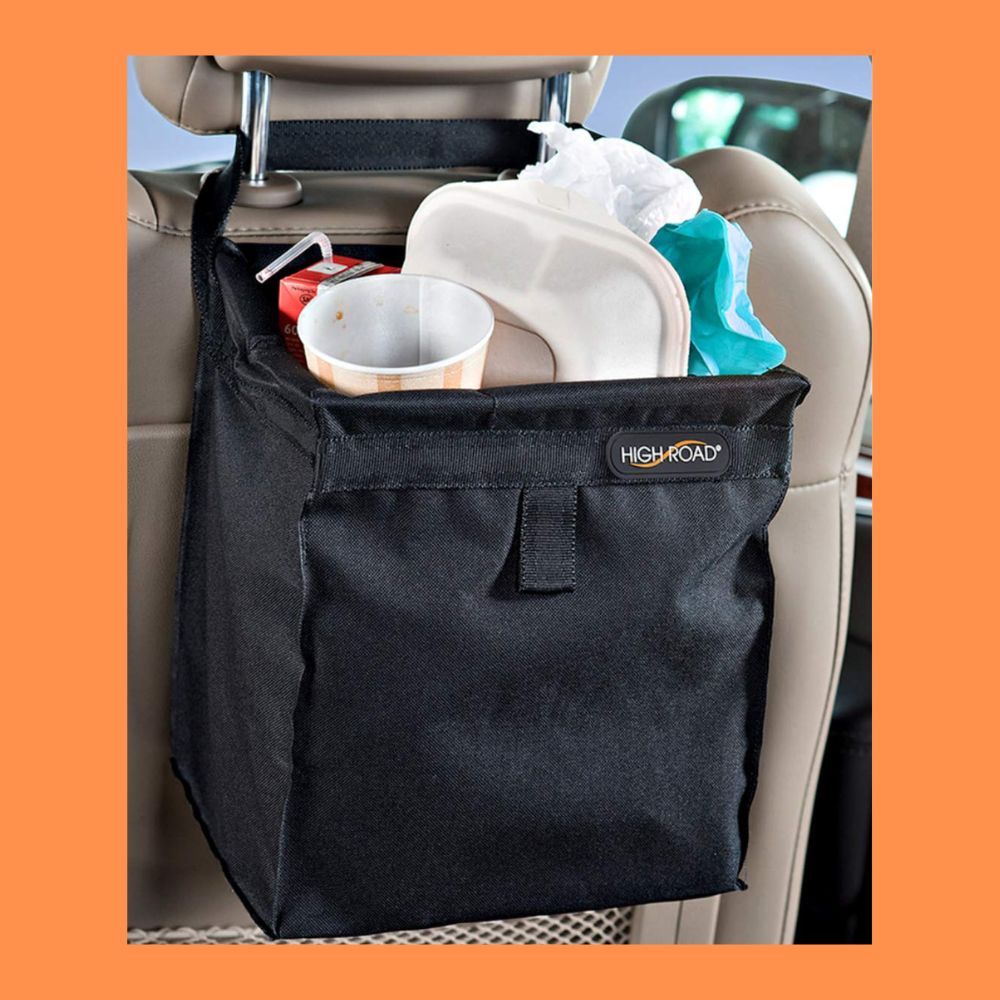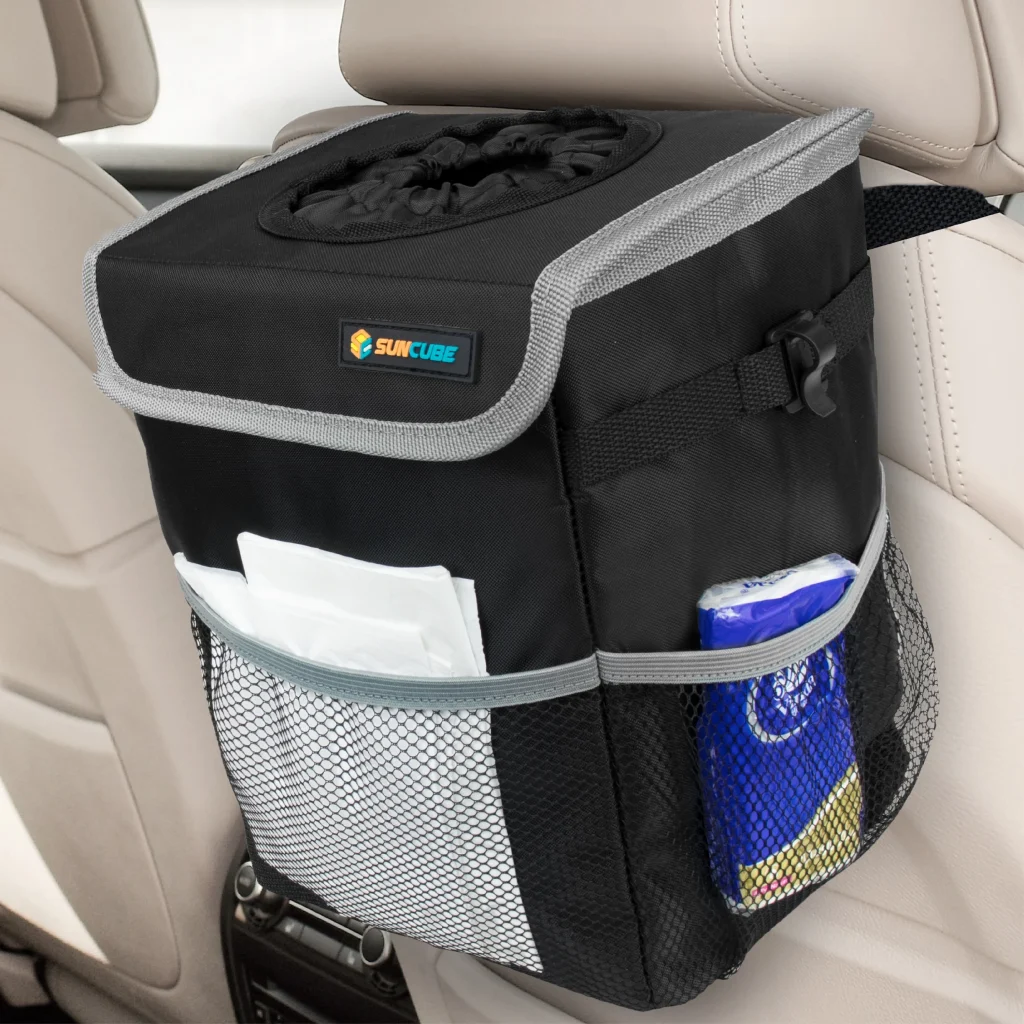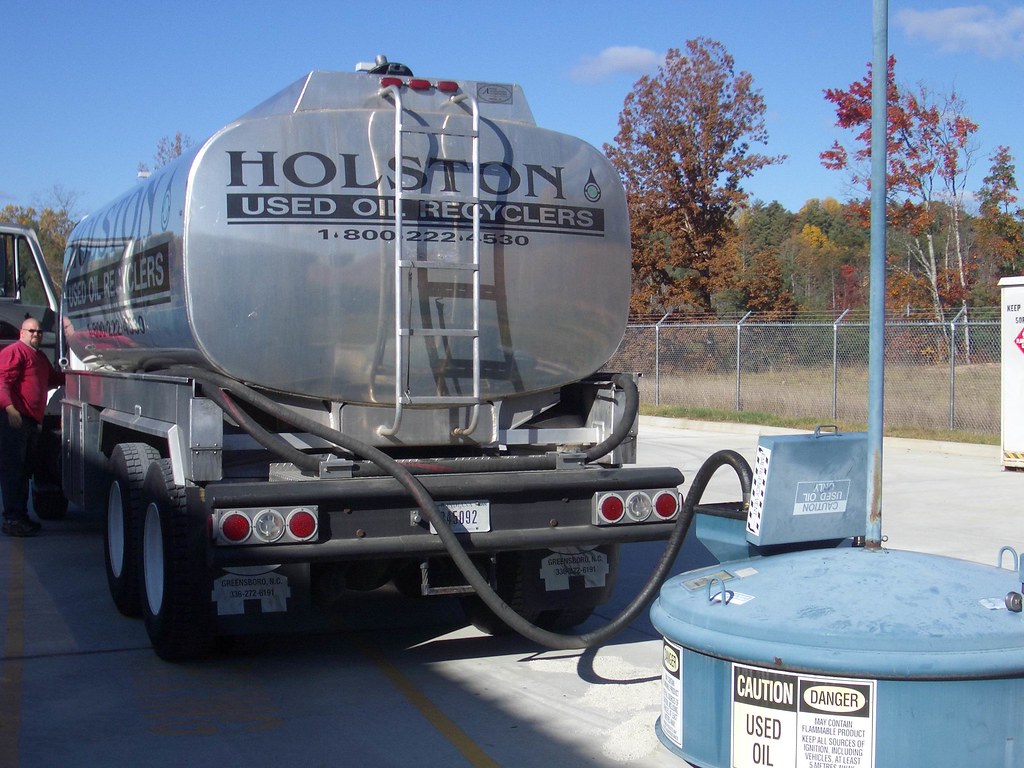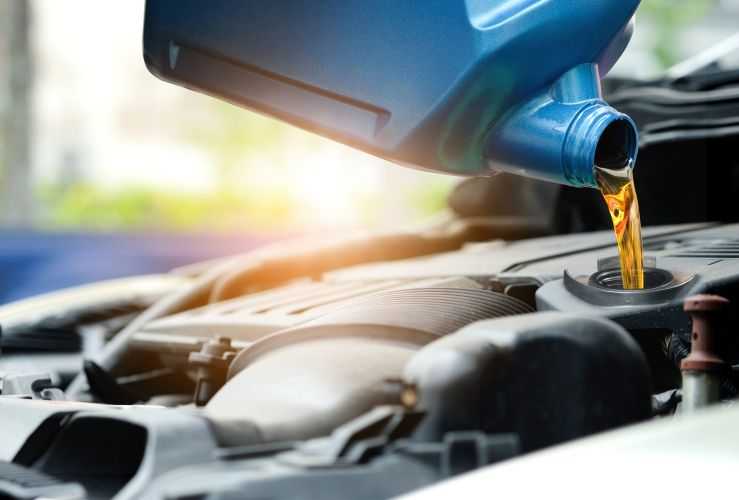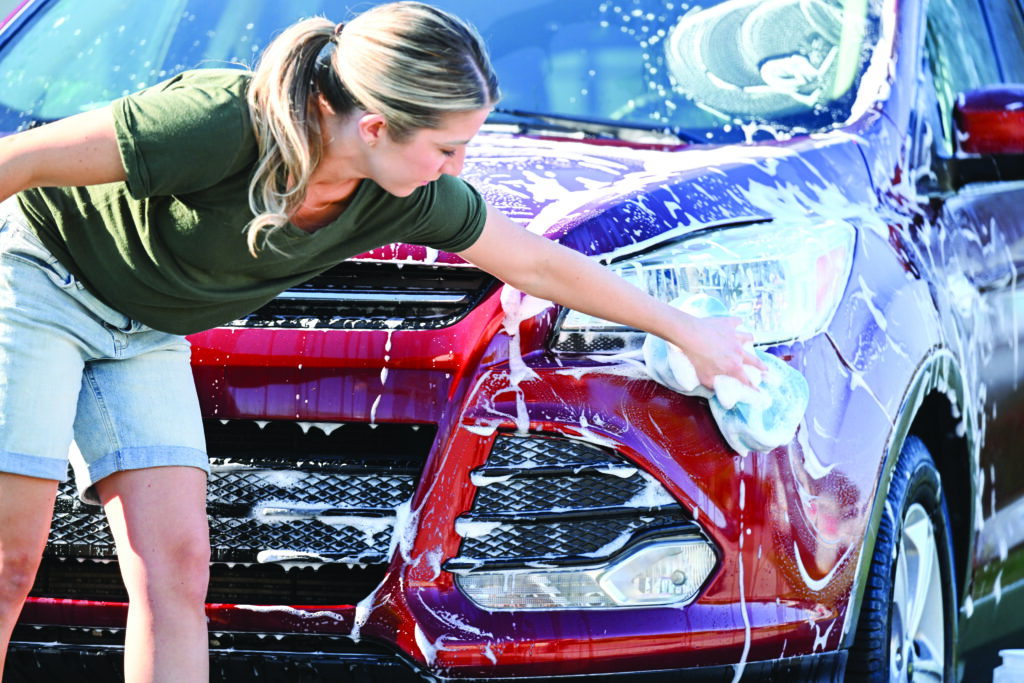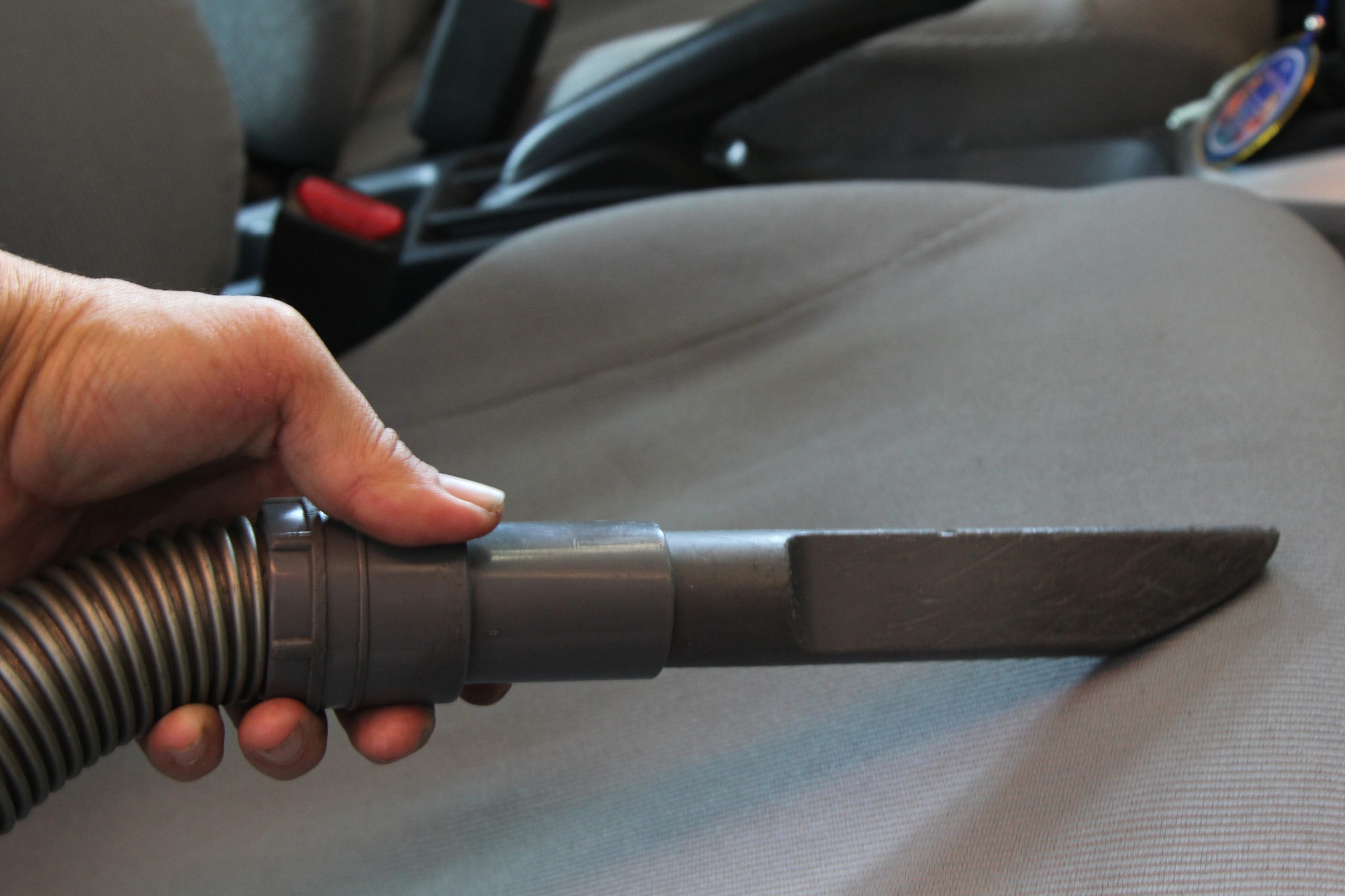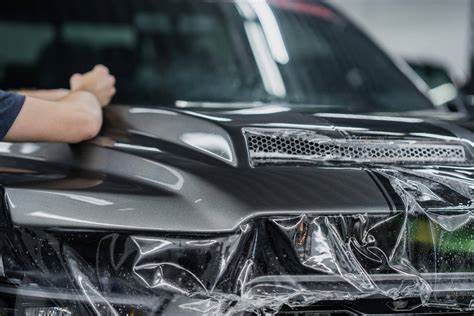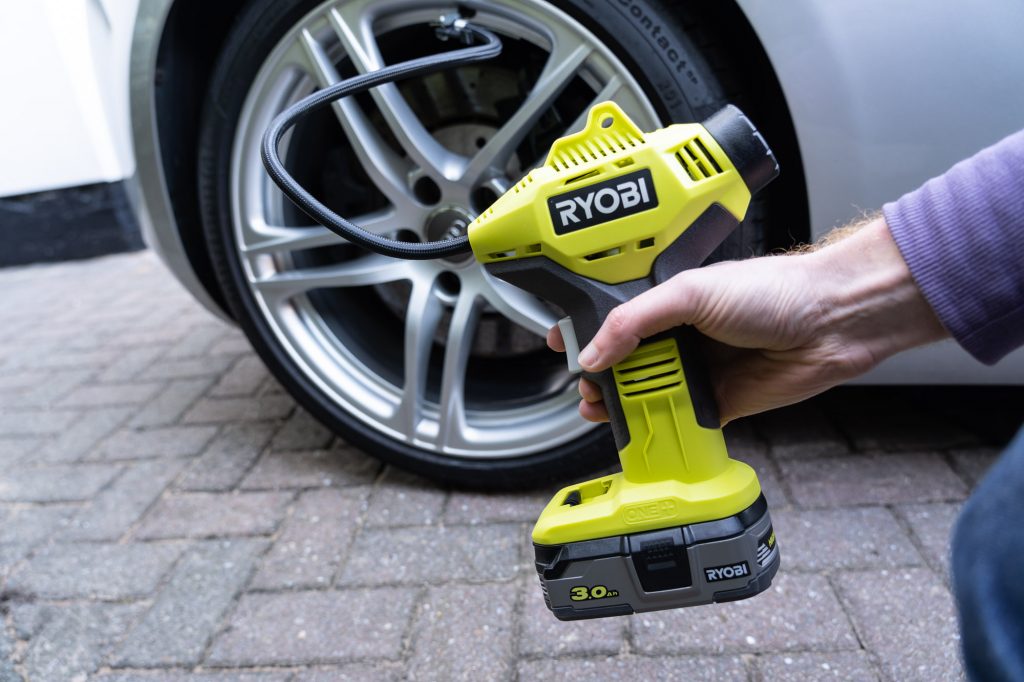
Regardless of application (construction, off-road use, or passenger transport), tonneau covers experience significant environmental exposure, accumulating dust, grime, and various contaminants. Regular cleaning is crucial not only for maintaining aesthetic appeal but also for preventing material degradation from accumulated debris. Considering the substantial investment in a tonneau cover, routine cleaning represents a minimal cost and effort for extending its lifespan and preserving its functionality. This discussion explores appropriate cleaning methods for various tonneau cover types and stain removal techniques.

Material Composition and Design Variations in Tonneau Covers
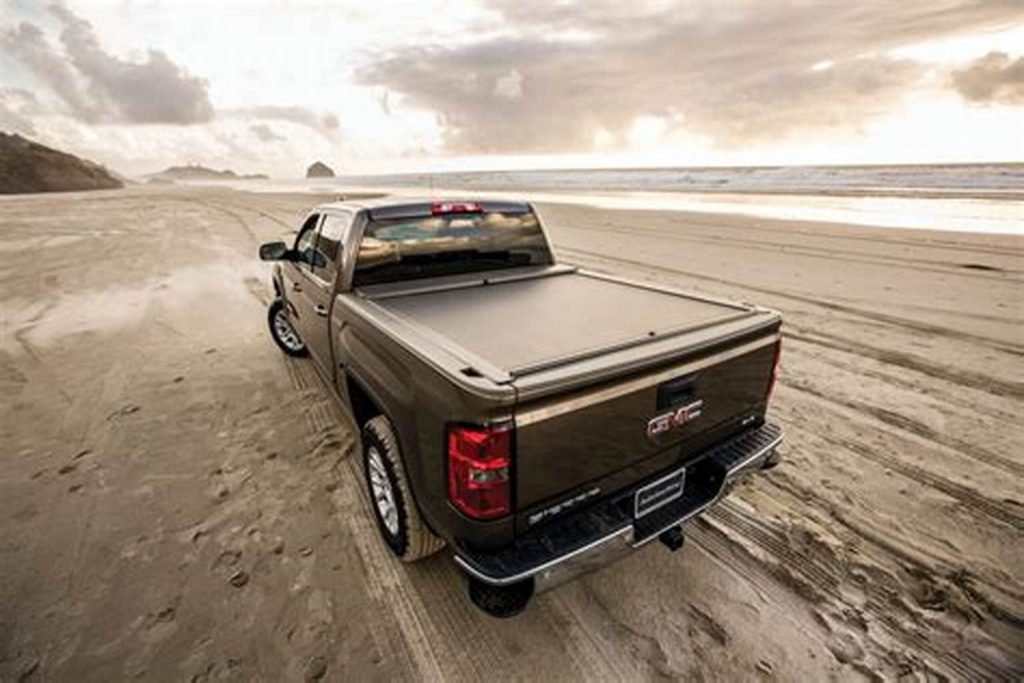
Tonneau covers exhibit significant variability in design and material composition, offering diverse solutions to meet individual user needs. Categorization can be broadly achieved based on operational mechanism and material properties. Soft folding tonneau covers, typically constructed from vinyl, canvas, or similar lightweight fabrics, prioritize ease of installation and operation. Conversely, hard folding covers, often fabricated from painted aluminum, fiberglass, or ABS plastic, provide enhanced protection and durability. Retractable tonneau covers, commonly employing heavy-duty vinyl or aluminum slats, offer a convenient mechanism for automated cover deployment and retraction into an integrated housing unit. Finally, soft roll-up tonneau covers combine aluminum framing with vinyl coverings, balancing ease of access with effective waterproofing. The selection of a particular tonneau cover type should therefore consider the desired level of protection, operational convenience, and the specific environmental conditions of use. Each material selection presents a compromise between cost, durability, and ease of maintenance.
How to Clean Different Stains
Tonneau cover maintenance necessitates a multifaceted cleaning approach tailored to the specific contaminant encountered. Effective cleaning not only enhances aesthetic appeal but also contributes significantly to the longevity and structural integrity of the cover material. This study outlines cleaning protocols for various common contaminants and provides a standardized step-by-step cleaning procedure.
Stain-Specific Cleaning Protocols:
Avian Excrement: Initial treatment involves application of a material-compatible cleaning solution followed by gentle wiping with a soft cloth. Persistent stains may necessitate the use of isopropyl alcohol or a commercially available automotive cleaning agent. The choice of cleaning agent is critically dependent on the tonneau cover material composition (e.g., vinyl, canvas, aluminum).
Mud and Dirt: Pre-treatment with a dilute solution of mild detergent and warm water is recommended. Subsequent removal of residual soil requires gentle scrubbing with a soft-bristled brush or sponge, followed by wiping with a damp cloth. Avoid abrasive cleaning implements to prevent surface damage.
Oil and Grease: Direct application of an all-purpose cleaner onto the affected area should be followed by a 10-minute dwell time to facilitate penetration and emulsification of the oily substance. Gentle scrubbing with a soft brush or cloth, followed by rinsing with warm soapy water, completes the process.
Tree Sap: Sap removal requires a two-stage process. Firstly, a commercially available, material-compatible sap remover is applied to the affected region for approximately 15 minutes to break down the resinous material. Secondly, gentle scrubbing with a soft-bristled brush or cloth, followed by rinsing with warm soapy water, removes residual sap and cleaning solution.
Water Spots and Hard Water Stains: These are generally addressed effectively using a commercially available automotive detailing spray, applied via applicator or cloth. The choice of cleaning agent should be guided by material compatibility and the manufacturer’s recommendations.
Standardized Cleaning Procedure:
Debris Removal: Initial removal of loose particulate matter (leaves, twigs, etc.) is achieved using a soft-bristled brush or a low-suction vacuum cleaner. Avoid the use of metal implements to prevent scratching.
Washing: Pre-soaking the tonneau cover with clean water acts as a lubricant, facilitating subsequent cleaning. Application of a mild car shampoo solution (diluted according to manufacturer instructions) using a sponge or soft cloth removes adherent dirt and grime.
Thorough Rinsing: Rinsing is performed using clean water, either from a garden hose or a low-pressure pressure washer. The pressure washer setting should be carefully adjusted to prevent material damage, and a fan nozzle is recommended to avoid localized high-pressure impingement.
Drying: Complete drying is achieved using a microfiber towel or compressed air at a safe distance. Air drying is generally discouraged due to potential water spot formation and subsequent dust attraction.
Protective Treatment: Post-cleaning application of an appropriate automotive-grade protective coating (e.g., UV protectant, sealant) enhances durability and protects against future environmental degradation and corrosion.
Cleaning Solutions:
While commercially available cleaning agents are readily accessible, several home remedies offer effective cleaning alternatives. Diluted white vinegar can effectively neutralize and dissolve several contaminants, particularly avian excrement. Lemon juice is effective against sticky substances such as insect remains and tree sap. Mild dish soap effectively removes oily stains and general grime. Dedicated bug, tar, paint, and decal removers are effective for tenacious contaminants. For spot treatment, commercially available leather or vinyl cleaner wipes provide a convenient and localized cleaning option. The selection of cleaning agents should prioritize material compatibility to prevent unintended damage or discoloration. Manufacturer recommendations for specific tonneau cover materials should always be consulted.
